
马特是真名,历史文化探访者,个人网站www.tiexiuyugudao.com,微信公号:斗量之海。
Old Travel Notes in Istanbul (2) The Exiled Revolutionary Prophet, the East and Beyond
According to my travel habits, I always try to establish a connection between the destination and my hometown, and follow such a clue to explore. However, in Istanbul, I did not find any relevant clues at first. Although the history of this city is about the contradiction and acceptance of the East and the West, it has isolated me, a true Oriental.
In fact, it is a bit stupid to use East and West to divide. This is a careless and arbitrary definition. There is no concept of the East. The East just refers to the entire range outside the "Pan-Greek-Roman world". There is nothing in this range. Similarity, and no consistent historical psychology, is similar to finding a "non-food" concept besides all edible foods.
The people of the Han Dynasty lamented the power of Rome and were full of curiosity about Rome's territory and system. They praised Rome by calling it Qin, the name of the previous dynasty. More than a thousand years later, I have surpassed the route taken by Gan Ying as envoy to Rome, and thus surpassed the vision of all Han Dynasty people, and truly reached Rome. There is nothing oriental or Asian about Beijing anymore. Beneath the vanity of an international metropolis are fragile muscles and an empty soul. Istanbul and Beijing do not belong to the same east. Istanbul and Kashgar are probably the same east. This east can only reach as far as Shaanxi and Gansu, and beyond that is another completely different east.
I often drink tea at a small tea stall on the roadside at night. The people sitting here are all men. Everyone is crowded into a pile on the small bench on the roadside. The locals can sit there all night with a cup of tea, so I am used to drinking tea one cup after another. . They don't have much interest in China because it is too far away from their lives, but politics, sports and women are always common topics among men.
The locals were happy to strike up a conversation when they saw the East Asian faces. In addition to asking me tourist topics such as what to do in Turkey and where to go, they would also discuss some topics about Chinese Muslims with me. Turks are more concerned about the humanitarian crisis in Xinjiang, and this concern also includes the Turkish government’s deliberate guidance and exaggeration. Local people know information about Xinjiang through European and American media, but they are not very clear about other aspects of China. In addition to Turkish domestic news, local TV programs mainly focus on relations with the United States and the situation in the Middle East, especially Syria, and there is basically no Chinese content.
There is no Chinatown in Istanbul, but there are Chinese restaurants, especially many Xinjiang restaurants. Local friends said that many Chinese here are Uyghurs or Hui, with more Uyghurs because their language, food habits and religious culture are closer to those of Turks, making it easier to settle down.
When I meet people greeting me on the streets of Istanbul, they always say hello in Japanese first. Ordinary Turks are relatively unfamiliar with Chinese culture, and more people like Japanese and Korean pop culture, especially Korean dramas and comics. , young people will prefer it.
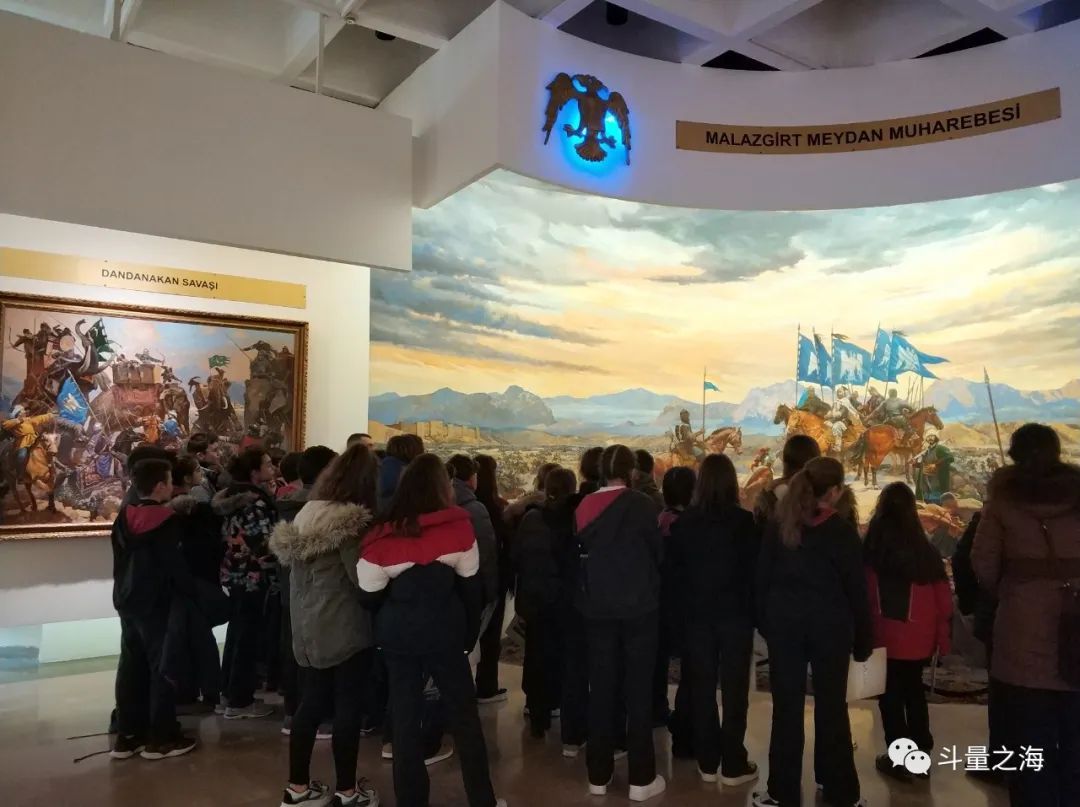
Historically, there were no direct exchanges between China and the Ottomans. Due to the distance between Saphi Persia, the two sides only had indirect exchanges through the various khanates and business groups in between, and there was no direct exchange between empires. I mentioned earlier that when the Ottoman Empire assisted the Kingdom of Aceh in Southeast Asia, the Ming Dynasty was in the strategic scope of shrinking the sea ban, and there was no opportunity for contact between the two sides. Otherwise, it would be possible for the Kingdom of Aceh supported by the Ottoman Empire and the Kingdom of Malacca supported by the Ming Empire to jointly resist the Portuguese invasion. .
It was not until the Qing Dynasty that with the conquest of Xinjiang by Emperors Kangxi and Qianlong, and at the same time as Russia expanded to the east, the Qing Dynasty began to become interested in the Ottoman Empire. At this time, the Qing government was ruling the Muslim areas of Xinjiang. The big problem it faced was cultural unfamiliarity. This area was different from the Han and Mongolian and Tibetan areas that the Manchus were relatively familiar with. The Ottoman Sultan was the caliph of the Islamic world, and the Qing government wanted to understand How much influence did the Ottoman Empire have on the Muslim areas of Xinjiang?
In 1732, the Qing Dynasty sent a mission to Russia to confirm that Russia would remain neutral in the Qing army's military operations against Dzunghar Mongolia. Taking this opportunity, the Qing Dynasty mission asked Russia to help contact the Ottoman Empire, hoping to visit the Ottoman Empire. However, Russia and the Ottoman Empire were hostile countries, and of course they were unwilling to help. The Qing government was not so determined, so let this matter go.
During the period of Emperor Qianlong, the Mongolian Torgut tribe was at war with the Crimean Khanate, the protector of the Ottoman Empire. After the Torgut tribe moved back to the Qing Dynasty, Emperor Qianlong asked about the situation of the Ottoman Empire, but both sides also No actual interaction. It was not until the 1860s that the Ottoman Empire paid attention to China. Due to the squeeze of European powers, the Ottoman Empire needed to expand its space to Central Asia. This is another story.
At the end of the 19th century, the activities of the Young Turks attracted the attention of some political reformers in the Qing Dynasty. They discovered the similar situation between the Ottomans and the Qing Dynasty, and hoped that the domestic changes in the Ottoman Empire could provide some learning materials for the Qing Dynasty's salvation plan. The most famous one is "Turk Travels" written by Kang Youwei after traveling to Istanbul in 1908. Kang Youwei called the Ottoman Empire Turks to establish the historical connection between Turkey and China.

In the Turkish Military Museum, there is an exhibition hall that displays a strange and unpleasant exchange between China and Turkey in modern times, which is the Korean War. The Korean War and several local wars in Turkey after World War II (such as the Cyprus conflict) are placed in the same exhibition hall. There are not many exhibits showing the direct battles between the Turkish army and the Korean People's Army and the Chinese Volunteer Army. They focus on the friendly coexistence between the Turkish army and North Korean civilians. , many photos are of Turkish soldiers and North Korean children.
In order to join NATO, Turkey invested a lot in the Korean War. Compared with Canada, which did not contribute much work, and France, which did not contribute much work at all, the number of Turkish troops sent by the United Nations ranks behind the United States, Britain and Canada, except for South Korea. fourth, and the number of casualties ranked third after the United States and Britain.
In the Korean War Exhibition Hall of the Military Museum, three battles between the Turkish Brigade and the Volunteer Army are mentioned. The first time was the Battle of Junyu-ri. The Turkish army covered the retreat of the US military. Although the United Nations troops were defeated in this battle, the support of the Turkish brigade recovered greater losses. MacArthur's evaluation of the Turkish brigade was mentioned in the exhibition hall: The Turks' heroic fighting gave the UN forces the opportunity to retreat to safety.

The second time was the famous battle of the Han River. In this battle, the Turkish brigade was fully engaged, which was also a relatively big challenge faced by the volunteers. Chinese records confirm the intensity of the battle and the strength of the opponent, but do not highlight the Turkish brigade.
In the Turkish pavilion, this part is told as a major victory of the Turkish Brigade: 218 people of the Turkish Brigade were killed and 455 soldiers were injured. After 20 days of rest, they were sent back to the front on January 6, 1951. After the war, the Turkish Brigade was awarded the "Federal Medal of Merit" by the U.S. Congress and built the "Turkish Victory Monument" on the mountain where the battle took place.
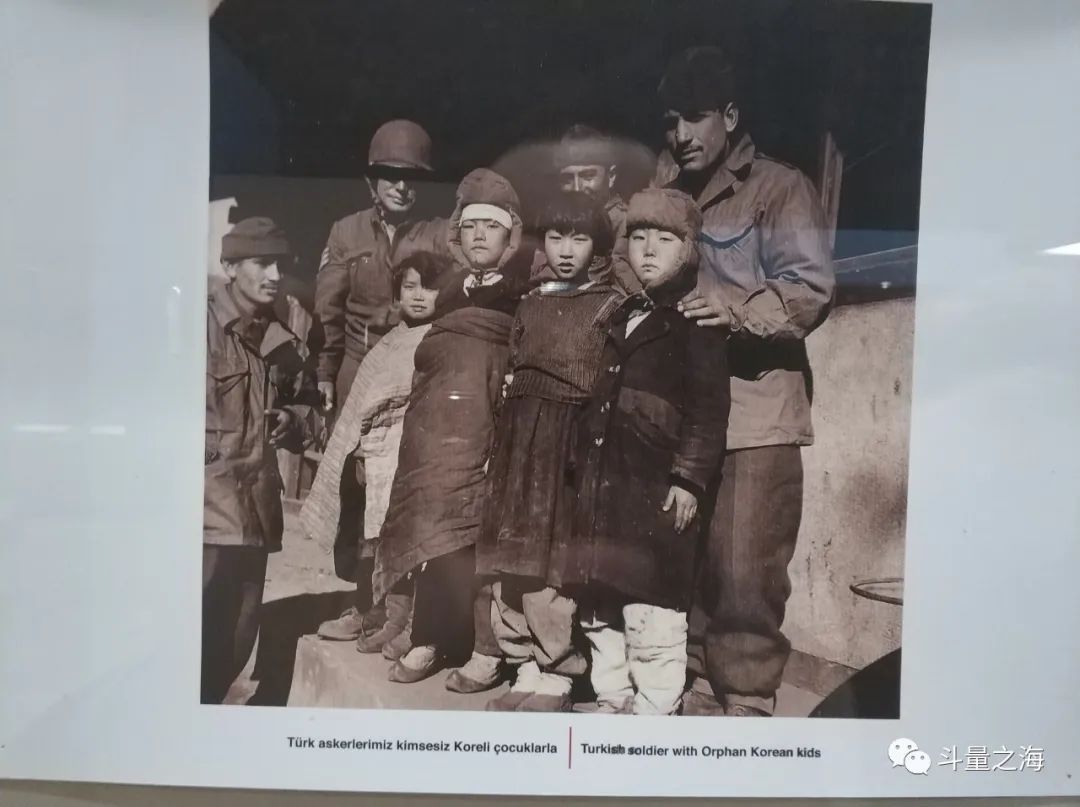
The last firefight was the Seoul Defense Battle on May 13-19, 1951. The Chinese called it the Battle of Matali West Mountain. The exhibition hall describes it like this: The North Korean army launched on April 22 with the support of the Chinese army. The attack reached Seoul in a short time. The Turkish brigades took up defense and repelled nine attacks in the battles of May 18 and 19. These positions became known as Turkish fortresses.
When I was in this exhibition hall, there happened to be a group of local middle school students in Istanbul visiting together. A curator was giving an explanation. When he saw me, he greeted me warmly and asked me if I was Korean. I said I was Chinese, and he was embarrassed. smiled. It is probably embarrassing to tell the history of the war between the two countries in front of people who were once "enemies".

In the Turkish Naval Museum, I found several exhibits in Japanese, including the Japanese Navy flag, several letters in Chinese characters and a document issued by the Japanese Minister of Foreign Affairs. The name of the person on the letters and documents is Yamada Torajiro, and the date is the 27th year of Meiji (1894). There is also a calligraphy work signed by Yamada Torajiro. These exhibits are diplomatic witnesses between Japan and the Ottomans.

In 1871, Japanese statesman Genichiro Fukuchi visited Europe and visited the Ottoman Empire. This was the first official contact between Japan and the Ottoman Empire. In 1890, the Ottoman Empire sent a large-scale mission of 650 people to Japan. They stayed in Japan for three months and prepared to return. As a result, they encountered a typhoon on the way from Tokyo to Kobe. The fleet ran aground near Wakayama Prefecture. The entire mission only had 69 members. People survived.
The Japanese government attaches great importance to the aftermath of the shipwreck, rescuing the injured, salvaging the remains of the victims, sorting out the wreckage of the ship, and dispatching two warships to escort the remains of the victims and survivors back to Istanbul. On the ship back there was a news correspondent named Shotaro Noda. He converted to Islam in the Ottoman Empire and became the first Japanese Muslim.
There was another Japanese Muslim traveling with him, Yamada Torajiro. He was a Japanese entrepreneur. After the shipwreck, he raised a donation and sent it to Istanbul in person. The Ottoman Sultan received him. During his stay in the Ottomans, he was mainly responsible for communicating the trade between the two countries. matters.
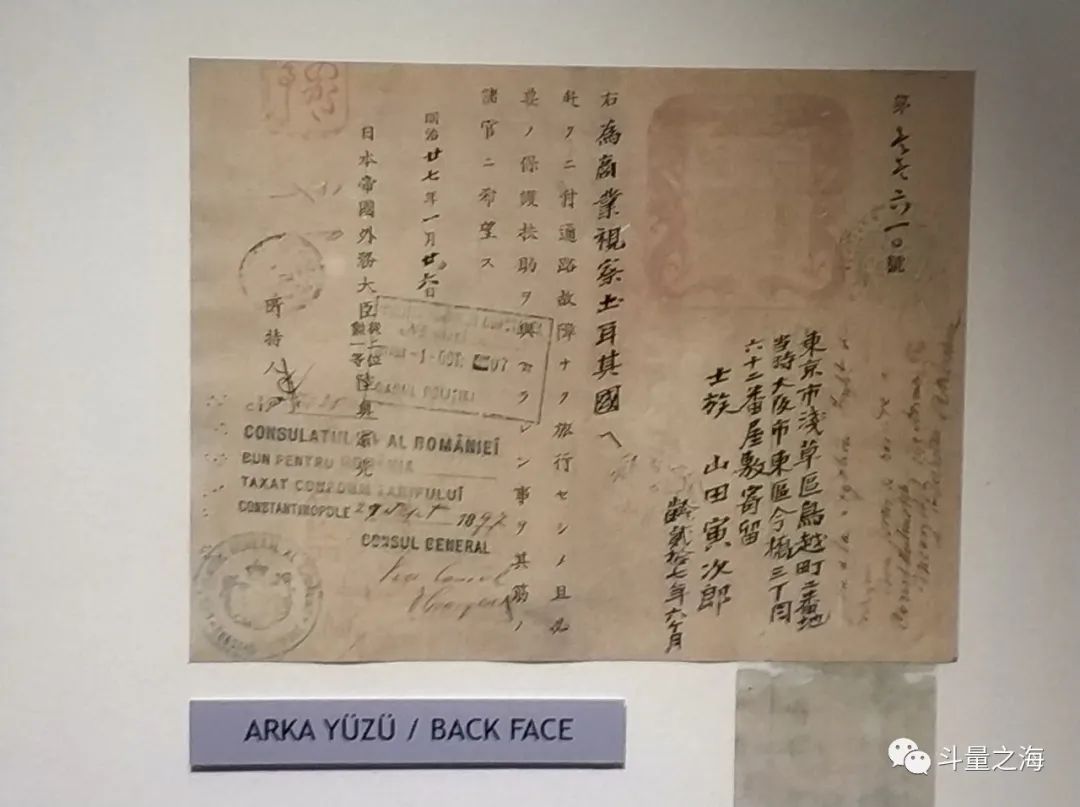
At the turn of the 19th century to the 20th century, intellectuals and social activists from various countries were exploring the direction of nationalism in their countries. Some Tatar and Turkish scholars proposed the concept of Turanism. Turan is the Persian name for Central Asia. Turanists refer to the Ural-Altai people north of the Amu Darya River as Turan people, covering the area from Hungary to Japan. This is a national level conflict between Japan and Turkey. Connection attempt.
Speaking of Istanbul’s influence on China, there is a hidden easter egg in the Princes Islands in the Sea of Marmara. The Byzantine Emperor Justinian II built palaces and monasteries on the Princes Islands. The name of the islands comes from the fact that many nobles and court ladies were exiled here. The Greek church of St. George's Monastery on the island dates back to the 6th century AD.
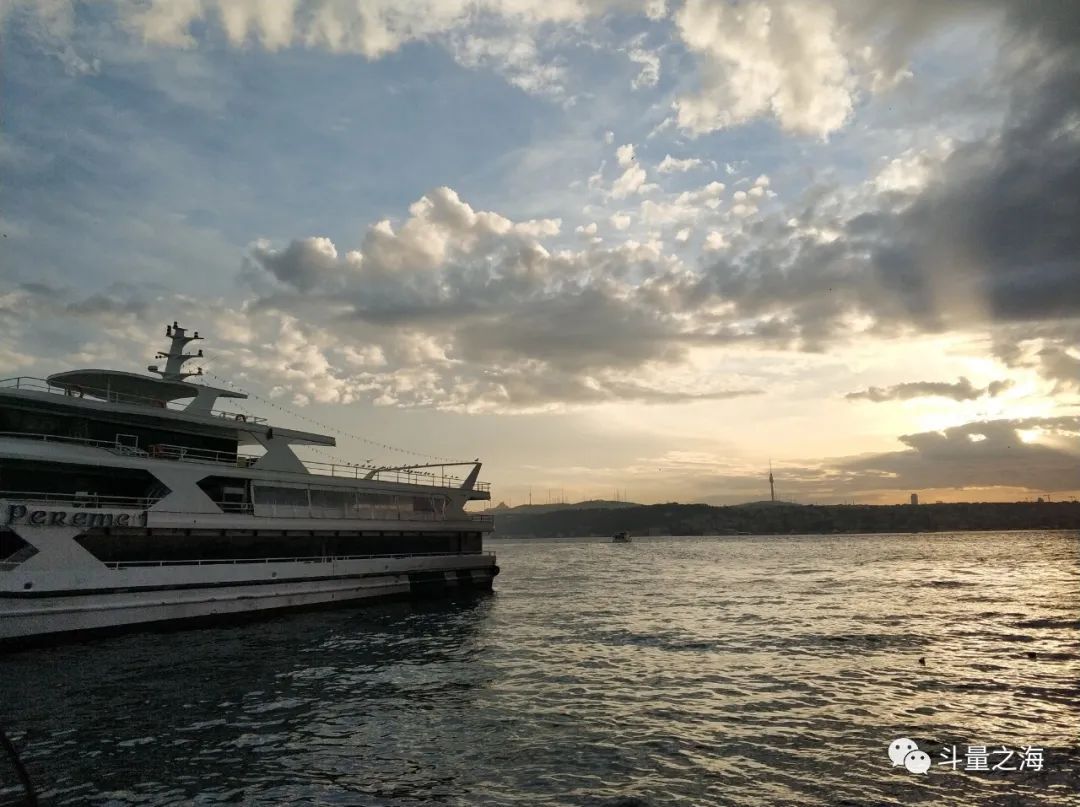
After taking a ferry for half an hour, I arrived at Buyukada, the largest island in the Princes Islands. On March 7, 1929, 90 years ago, a man came to Buyukada Island. He, his wife and son were deported by the Soviet government a month ago and fled to Istanbul from Odessa. He was the prophet of the communist movement. : Leon Trotsky.
This gave the trip a bit of a pilgrimage, and although I did not entirely agree with Trotskyism, the call for permanent revolution was so moving. The charm and role of revolution lies in the process rather than the results. Once the revolution is successful, it will inevitably start to fall into backlash. The legitimacy and power of the revolutionary party come from constant tossing, and the tossing can only be led by the revolutionary party itself. This backlash is out of control. It is scary. If the direction of revolution cannot be directed outward, revolution will explode from within, like a firecracker caught under a can.
Therefore, the only way out for the revolution is to continue and spread to new areas in order to control this power. Under the model of a small and capable vanguard of a Leninist revolutionary party, the role of professional revolutionaries is to guide the direction of the spread of the revolution. This direction is not only ideological, but also geographical, so that areas that have completed the revolution can level off and recover. construction while opening up new revolutionary areas. However, if the revolutionary force is trapped in a certain area, it will lose its geographical freedom and activity and begin to fall into internal friction, just like a kettle that boils dryer and drier.
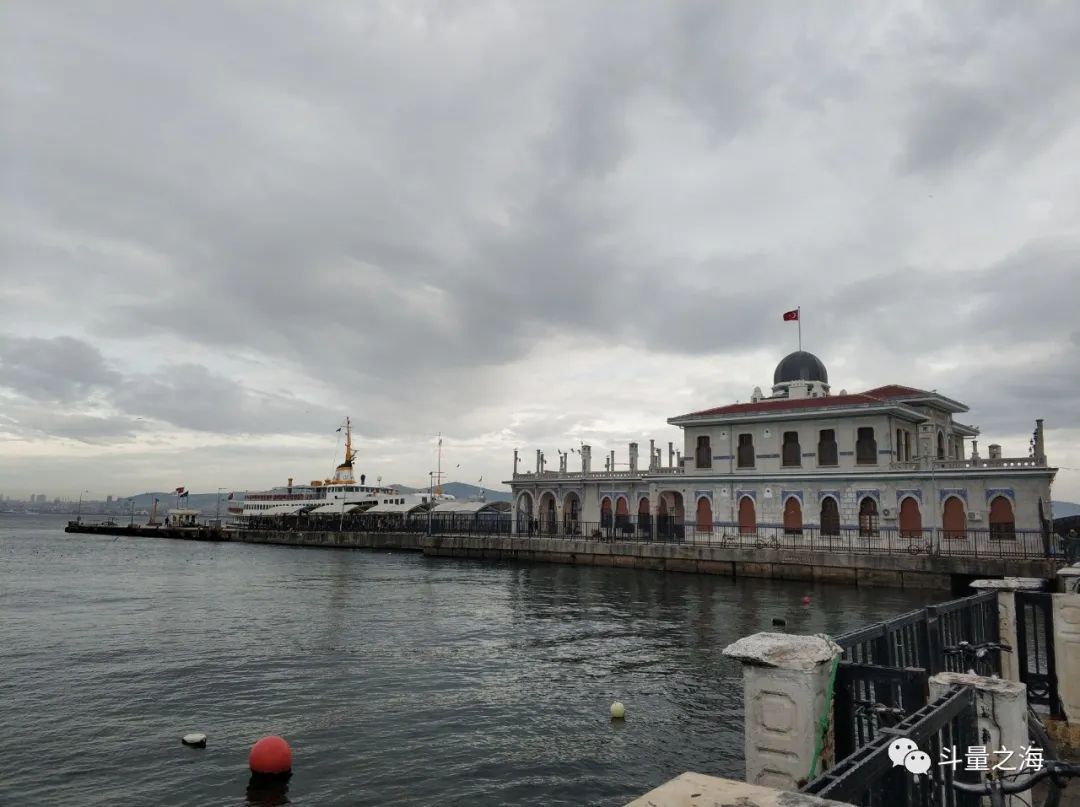
From this perspective, there is no real success in the revolution. The success of the revolution is the continuation of the revolutionary process itself. After the Iron Father expelled the prophet, and even after the failure of the German revolution in the 1920s, nationalism replaced internationalism, and the revolution became a see-saw and a drain.
I went to the island and walked west along the residential area, passing several large abandoned houses. When I reached a fork in the road, I found a path extending toward the coast. When I walked all the way to the end of the path, I could see a fenced yard. This is the International Communist Party. The former residence of Trotsky, the movement leader and revolutionary prophet.

Now this building is an abandoned and semi-collapsed dangerous house, which can only be entered by climbing over the wall. It is full of weeds and shrubs. The house has been damaged to the point where only the walls are left, there are many depressions on the ground, and the ceiling is almost completely gone.
Trotsky lived in this house until he left in July 1933. In his first year here, Liu Renjing, one of the early leaders of the Chinese Communist Party, came to visit the island and brought back Trotsky's The programmatic instruction document of the Chinese revolution - "The Current Situation of the Chinese Revolution and the Tasks of the Chinese Opposition (Leninist Bolsheviks)".

The story that followed was that Liu Renjing was expelled from the party for organizing Trotskyist activities shortly after returning to China, and then defected to the Kuomintang. After the establishment of the new country, Liu Renjing repented and lived peacefully until 1987. Trotsky was assassinated in Mexico in 1940.
I walked through the remaining ruins of the house to the balcony, sat in Trotsky's ruined former residence, and imagined what he and Liu Renjing talked about in this house 90 years ago.
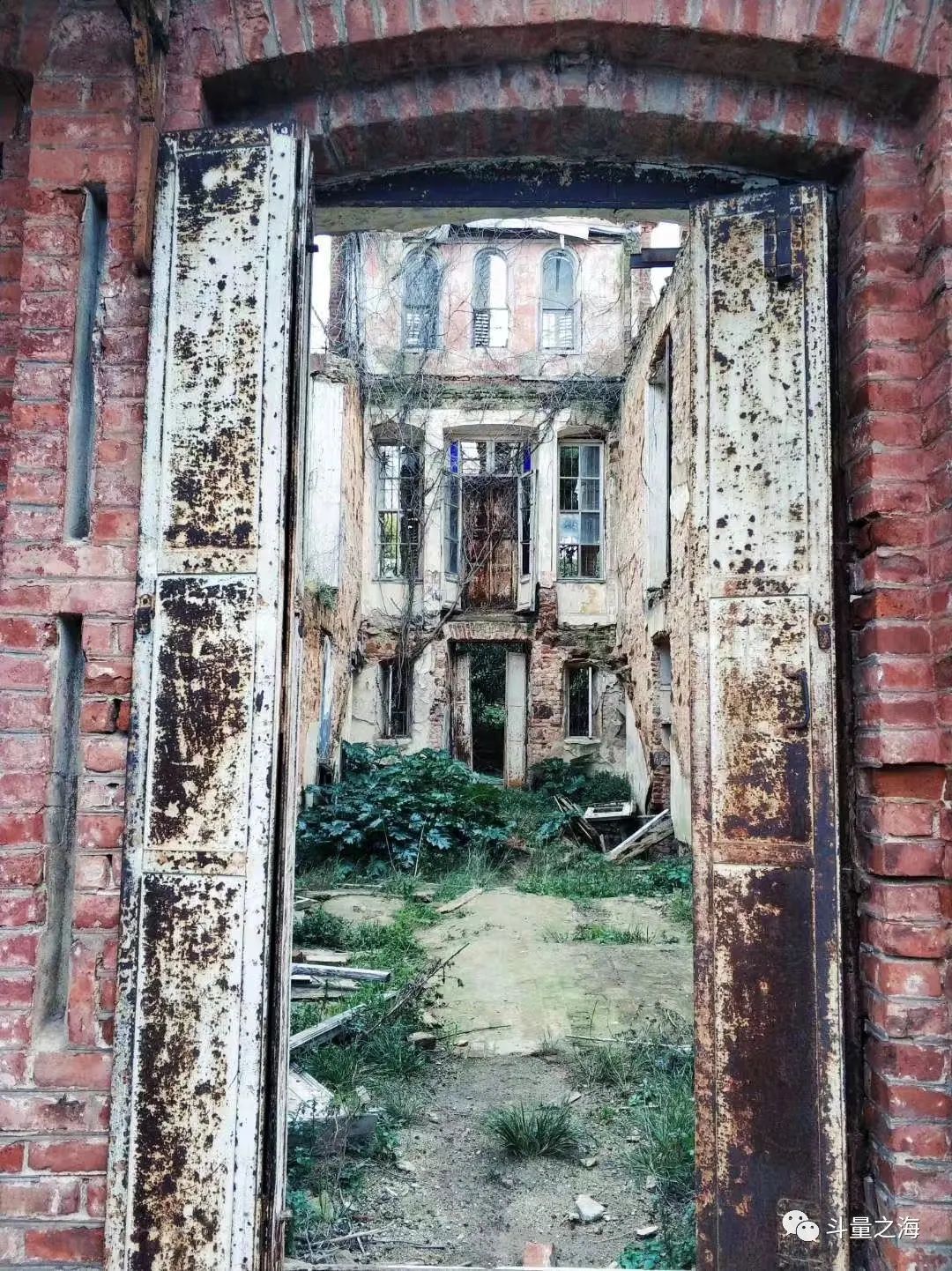
Peter the Great built St. Petersburg, and Russia was consciously guided to become a European nation, but when Russian nobles had the opportunity to travel to Europe, they in turn began to doubt this. After the outbreak of the Napoleonic Wars, the Russian aristocrats who had been studying France began to realize that Europe was not sacred, but Russia was. During the war, Volkonsky and other aristocratic young men fought for the motherland with the serfs. They gradually discovered that the serfs had the very precious qualities of the Russian nation, the kind of people who were rooted in the land of Russia, had a simple personality, and devoutly believed in the Orthodox Church. Farmer quality. The Decembrists who were exiled to Siberia regarded Siberia as the new Russia. They believed that the purest qualities of Russian farmers were preserved in Siberia.

After the Decembrists were exiled, a group of intellectuals such as Dostoevsky discovered that the Russian peasants were not what they expected. The Russian sacred spirit idealized by these intellectuals did not actually exist, but This does not prevent those intellectuals from trying to portray such a sacred spirit in their works and regard it as part of Russian culture. In this process, the monarch, the nation, became an imagined national cultural community.
For the later Bolsheviks, the Communists had no motherland. The proletariat of the world should not be bounded by the boundaries of the country and the nation, and should not limit themselves to the scope of a motherland. The country ruled by the reactionaries is not the motherland and is not worthy of love. .
Next, the prophet was exiled, and the establishment of the Soviet Union turned the revolution into a low ebb. The communists, who claimed to have no motherland, established a new empire and several vassal states. For more than half a century, they only made small improvements on the edges, and never achieved anything. able to break through the boundaries of the traditional Russian empire.

Although Trotsky once lived in exile in Istanbul, this only meant that Istanbul was tolerant of the exiles, not the communist movement. The Turkish Communist Party had been established in Baku as early as 1920, but it had always been illegal. It was prohibited from organizing public activities, and its members were arrested by the Kemal government.
Against this background, Turkish leftists have always maintained contact with China. The poet Nazim Hikmet was arrested for founding a leftist publication during the Turkish War of Independence. He continued to create literature after he fled to the Soviet Union in 1926. Nazim has a poem called "Mona Lisa and Si -Ya-U", this Si-Ya-U refers to the Chinese poet Xiao San. The two met in Moscow. In 1927, the workers' uprising in Shanghai was suppressed. Nazim thought that Xiao San had died and wrote this poem. But Xiao San did not die. They met again later, and Xiao San also gave a speech at the ceremony awarding Nazim the "International Peace Prize" in 1951.
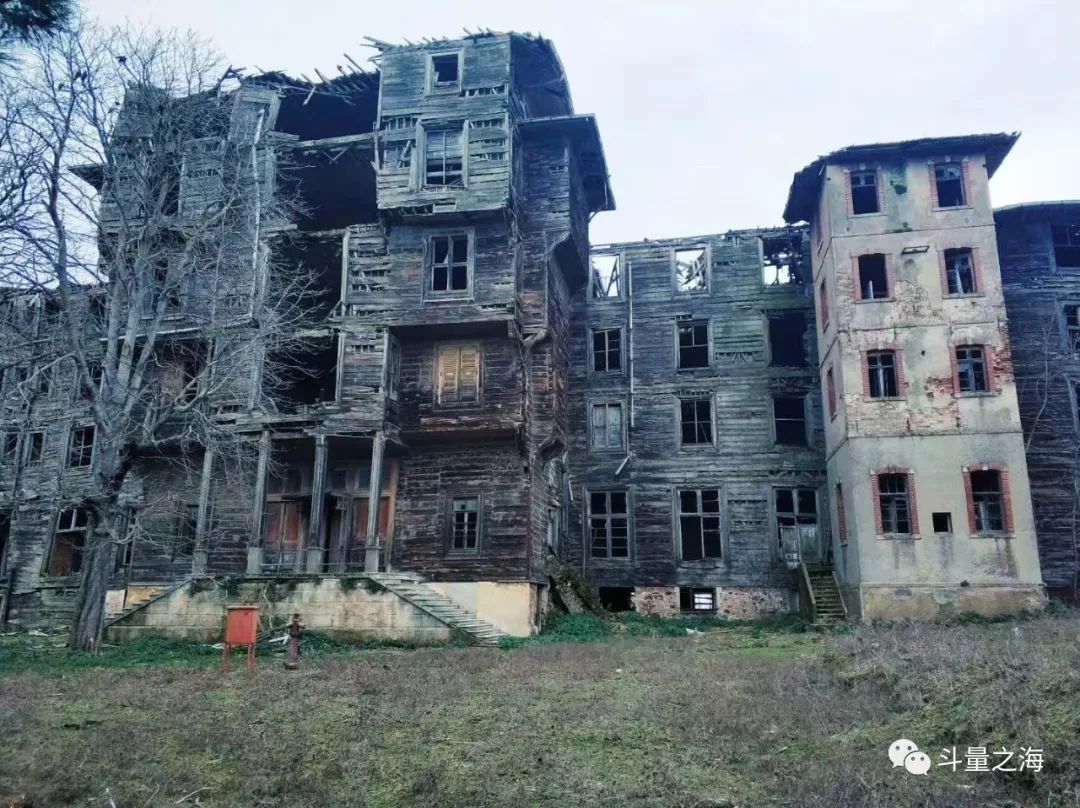
After leaving Trotsky’s former residence, I took a walk on the island and discovered a huge wooden abandoned building between two hills. This building is a Greek Orthodox orphanage. It is the largest wooden structure in Europe and the second largest in the world. It was originally built as a luxury hotel and casino in 1898, but the Sultan did not approve the license. Later, a Greek philanthropist bought it and gave it to the Orthodox Universal Patriarchate. It was used as an orphanage in 1903. When the situation in Cyprus deteriorated in 1964, the Turkish government suppressed the Orthodox Church and closed the orphanage. In the 1980s, a fire destroyed it. The Turkish government returned the orphanage to the Greek community in 2012, but has never had the money to repair it.
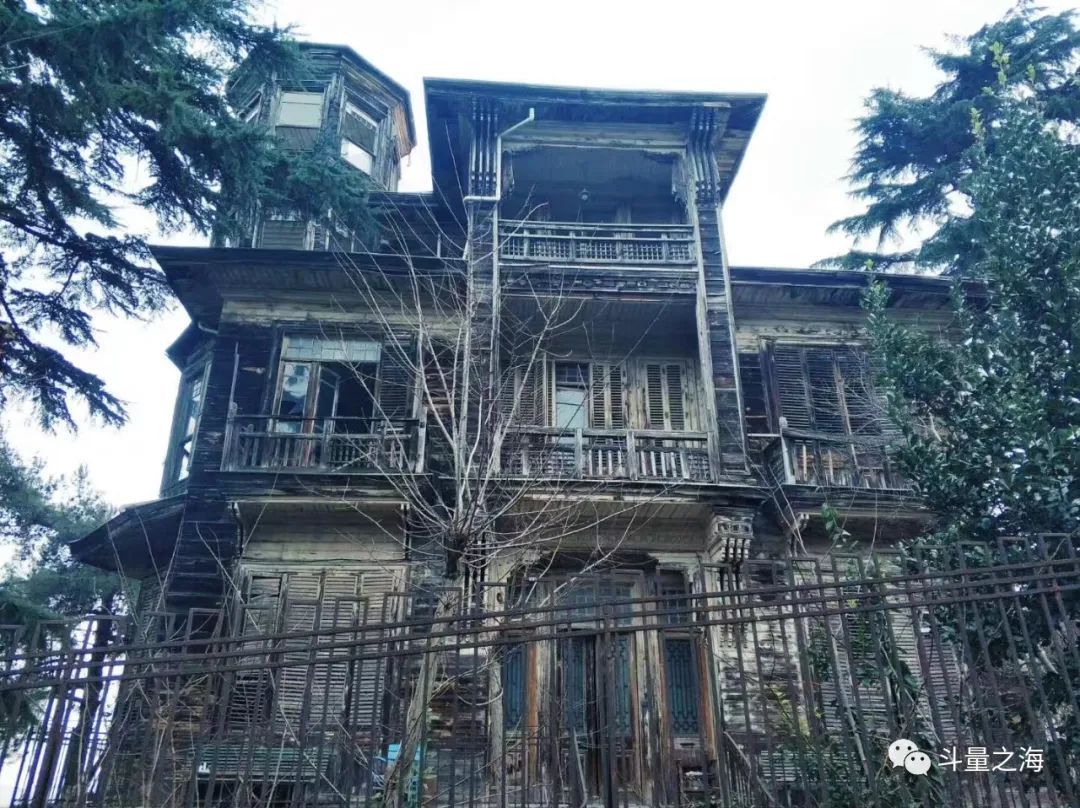
When I came down from the hill, I met a couple who were having an outing. I walked down the hill and they passed each other on the way up. The man seemed to have told a joke, and the woman laughed and pushed him. The woman was wearing a headscarf and her eyelashes were very long. When she smiled, her teeth were exposed at first, and then she pursed her lips in embarrassment. She lowered her head and looked up at the man. That expression was so touching, a look of love that froze the air.
I often feel that I am living a life of spiritual exile in Beijing. Beijing is my Siberia and my Prince's Islands. I used to think that there could be a lot of connected people in Beijing, just like the Decembrists thought they could find the real Russian soul in Siberia. But it was in vain and my life remained a wasteland.
My friends and I were exiled to Beijing from our respective hometowns. Beijing was our labor camp. We spent the best time of our lives in this city, using hard labor in exchange for some meager wages to support ourselves, which consumed us. Noble life.
When I returned to Istanbul, it was hard to see the sun in the winter rain that lasted for half a month. In Taksim Square, a group of old people came to lay flowers on the Revolutionary Memorial Statue. Next to this square, which symbolized the independence and secular revolution of that year, a tall mosque was built, overlooking the memorial statue.
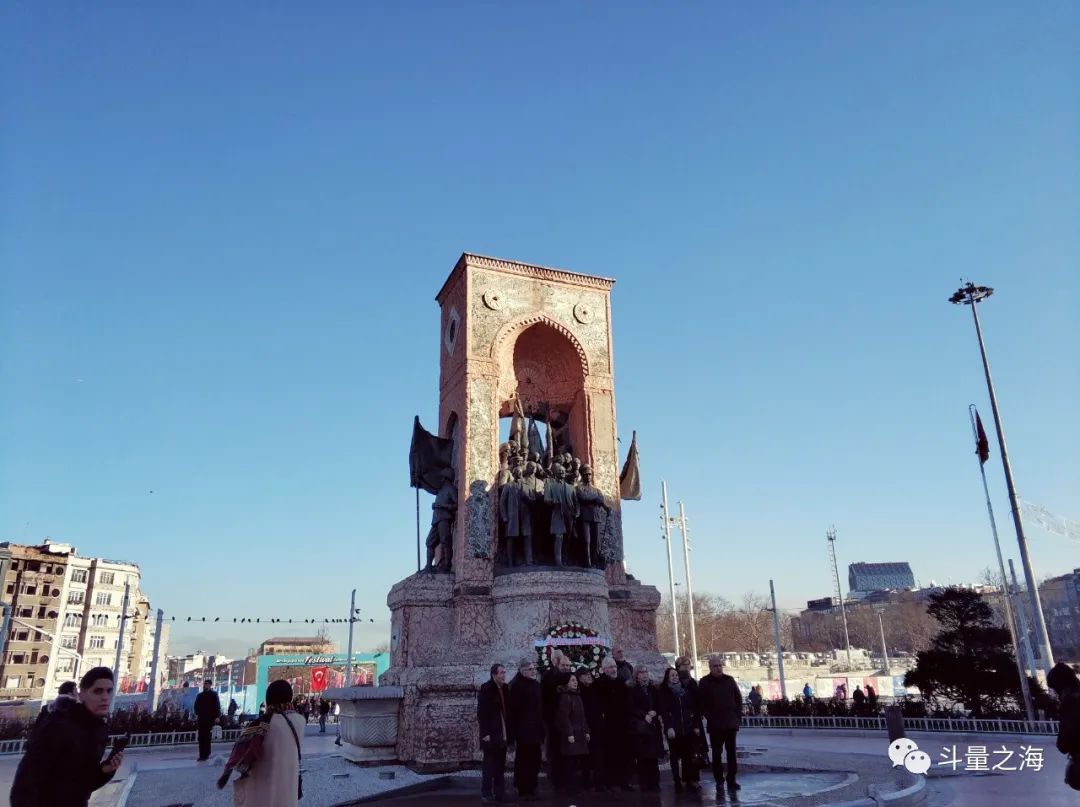
This is a very familiar scene for the Chinese. Nationalist sentiments are rising around the world, and everyone is collectively turning to the right. Both China and Turkey completed the transformation from empires to republics in a nationalist manner in similar eras. Kang Youwei compared Islam and Confucianism in his travel notes, trying to explore the similar situations of the two countries and how they could accept modernization while retaining their own cultural core and beliefs.
Some people say that young people change the world, but there is still a half sentence at the end, and it will be changed back soon.
Whenever I go to a city, I always like to open short videos and see what the locals like to shoot and watch. This is also a modern way to understand local life. On TIKTOK exported by the Chinese, Turkish people like to express their love for the motherland, the national flag and the founding father Kemal. These videos always get high clicks, and people praise them in the comments. They are very similar to China. From this perspective, the two The country forged new connections.
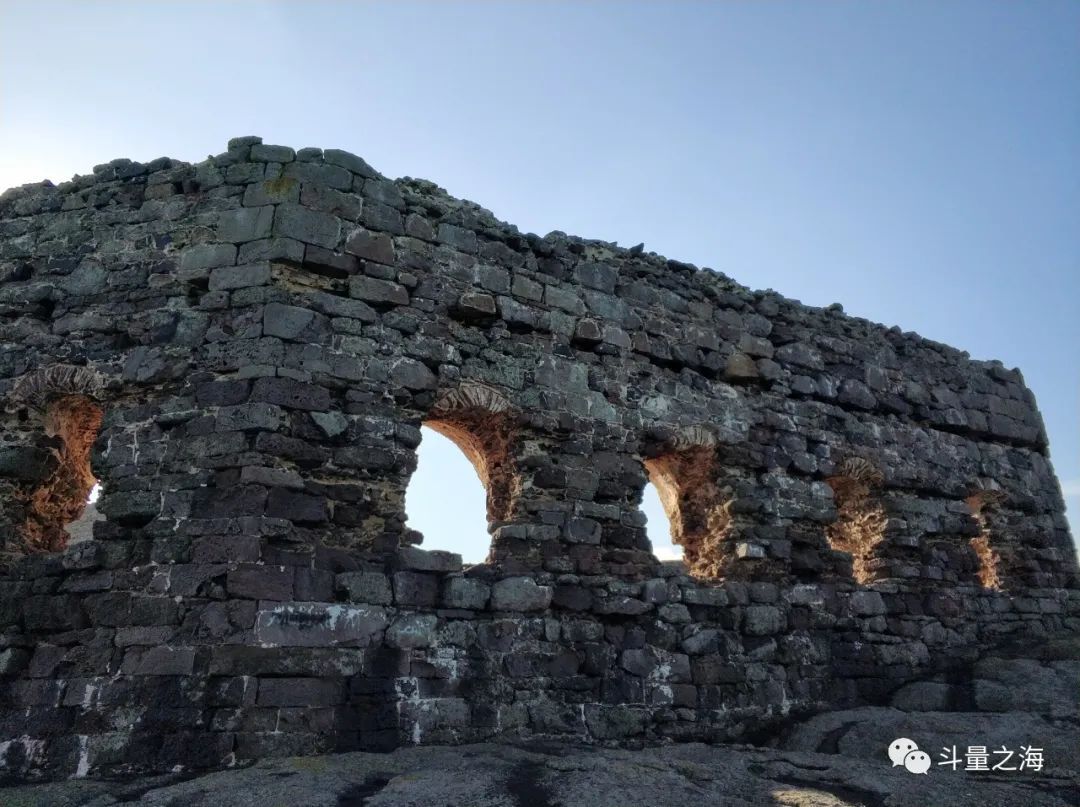
Before the sun set, I headed to a small hill in the northernmost part of the Bosporus. In front of me was the Black Sea and on the opposite side was the Crimean Peninsula. The name of the Black Sea has nothing to do with the color of the sea water, but uses black to refer to the direction. China also has this habit, basalt in the north, blue dragon in the east, red bird in the south, white tiger in the west. From this point of view, the Black Sea is to the north of Istanbul, and Xuan refers to black, which is consistent with Chinese culture. The Red Sea is to the south of Istanbul, which is also consistent with the southern Suzaku.

There is a ruins of a gunpowder castle built in the 18th century on the seaside. During the Crimean War, the French built the Rumeli Feneri lighthouse next to the castle to guide British and French ships and to guard against Russian invasion. .
The castle has two high towers. The east tower has been damaged. I tried my best to climb to the highest point of the west tower and walk up the city wall to see the whole view of the castle. The arch of the castle has been destroyed, leaving only a half circle of stones. If you ignore the garbage and graffiti everywhere, this is a beautiful seaside scenery.

The waves of the Black Sea are very cold, which reminds me that the sea in my hometown in the Northeast is also so cold. Under the castle is a black reef, a bit like the Black Rock Reef in Dalian. Istanbul is the Kaisergrad that Russia wanted but couldn’t get, and Dalian is the Dalini that Russia got but lost.
I sat on the ruins of the cold seaside in the evening, absorbing the heat of the last ray of sunlight before night came, and suddenly realized that this place was only one country away from my hometown.
Many immigrants came to Istanbul, bringing with them the gods of their respective hometowns. These gods whispered lowly in every alley at night. Their people of faith may have left the city, and these gods became lonely wanderers. During the day, the mosques and churches in the city are full of vitality. The old gods have nowhere to show themselves. They can only be seen at night and draw nutrients from those who are alone. Many people disappear in Istanbul every year, becoming a sacrifice to the old gods. Taste.
I don’t know if any Easterners brought Eastern gods. I walked through the alleys every night, trying to summon the old gods from my hometown, but there was no response. Maybe the gods from the East have never come, maybe they can't absorb human spiritual power in a foreign country, and they have withered long ago.
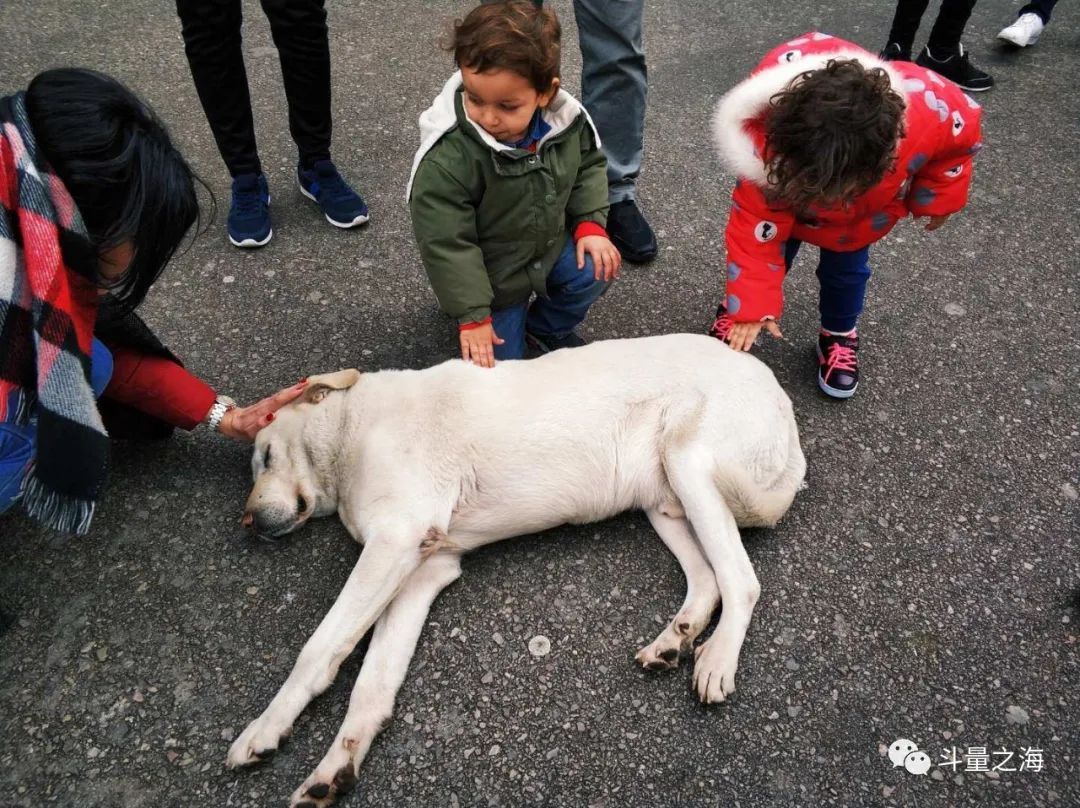
Like my work?
Don't forget to support or like, so I know you are with me..

铁锈与孤岛

多数人愿意跟随时代,甚至期待自己能引领时代,但总要有人负责落后于时代,成为人群中最无趣的那个人,郁郁寡欢地跟在时代后面捡拾被碾过的碎片。有的人就是永远都高兴不起来,总会在狂欢中嗅出苦难的味道,在歌舞升平里挖掘那些希望被永远遗忘的过往,那些令一小部分人感觉尴尬,同时令大部分人感觉扫兴的记忆。
Comment…